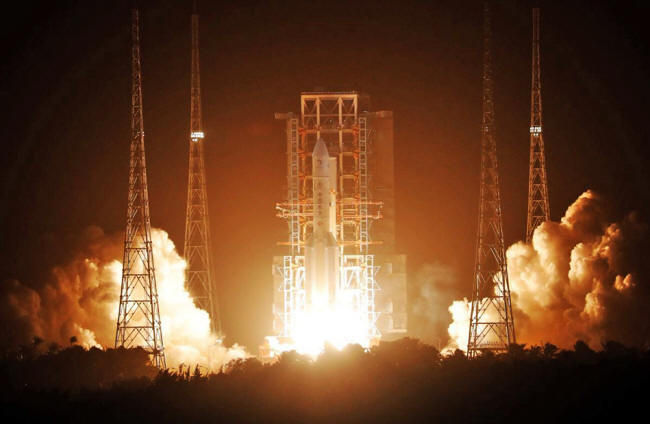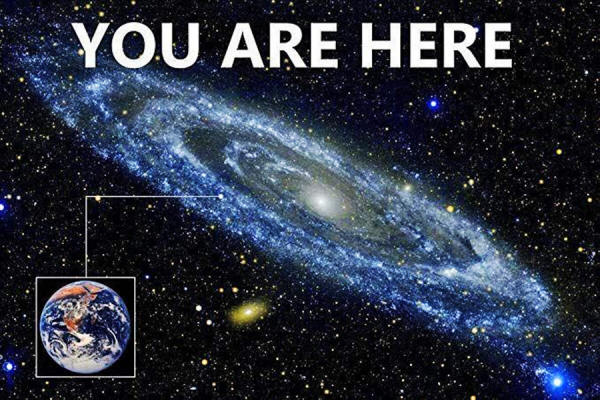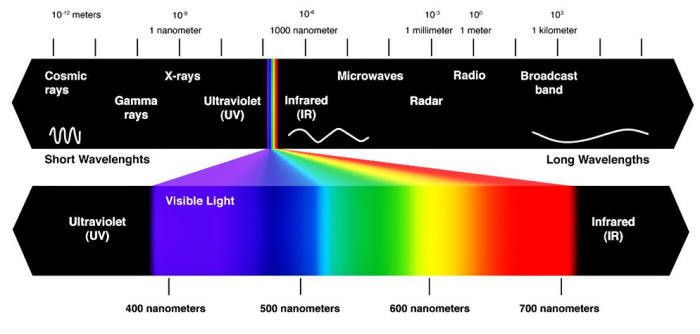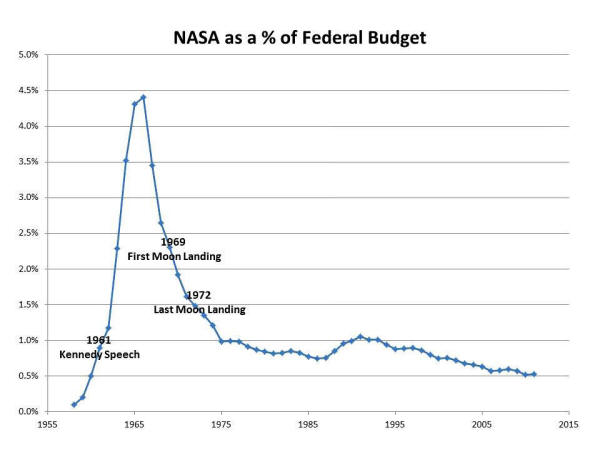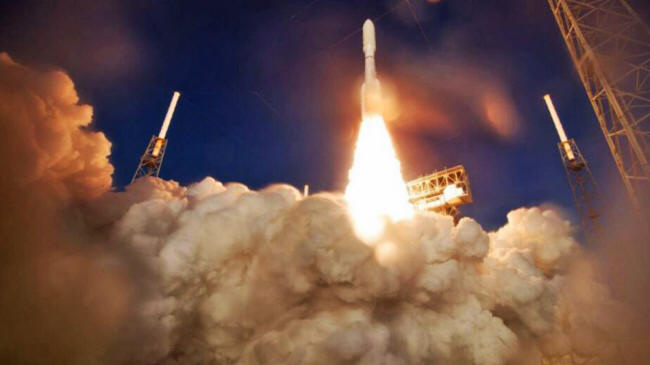|
Tingshu Wang rocketry, space science and the atom which so profoundly altered the world during the 20th century happened within the unfortunate momentum generated by wars both hot and cold...
August 07, 2021
In these days of profound uncertainty, it is comforting knowing that
certain fundamental truths still exist and serve as guiding lights
through the dark waters.
When leaping ahead over
five decades past the April 4, 1968 assassination of King to our
present time, that truth stands as valid today as ever.
Yet an under-appreciated
aspect of this dynamic has taken the form of the ever-expanding
"space silk road" which is what I'd like to discuss in this first of
a two-part essay.
A generation of German rocket scientists inspired by Fritz Lang's 1929 Frau Im Mond (Woman in the Moon) innovated new aerodynamic and chemical designs that began making the impossible possible.
With every new breakthrough, the realm of ideas that Jules Verne could only dream of became ever more a part of the field of potential shaping humanity's available pathways.
Today, many cynics who have drank heavily from the chalice of misanthropy, are quick to pounce on this unfortunate irony as proof that humanity only creates when we are busy killing each other.
However, by changing our point of view a bit, we could just as easily conclude that this irony is proof that despite our frequent falls into barbarism (shaped more often than not by oligarchical interests manipulating nations into self-destruction), humanity has the power to create higher goodness even amidst strife.
MLK put this in his own words when he said that,
I think there is...
Nearly nine billion members of our fragile
species conglomerated on the face of our fragile planet spinning
around a sun within a small neighborhood of a small galaxy amidst a
cluster of galaxies which we have barely even begun to understand.
It took the discoveries of Henrietta Swan Leavitt (1868-1921) in the early 20th century to prove that this was not true and that ours was but one of a multitude of galactic islands in the universe. 1
It was at this time that breakthroughs in aviation were allowing humanity to finally construct primitive airplanes and breakthroughs in electromagnetism and radiation were expanding our understanding of the structure of space time far beyond the visible zone of light waves, many octaves into the domain of radio waves below infrared and above ultraviolet into shortwave x rays and gamma radiation.
With each cognitive leap
into the unknown, boundary conditions of our collective knowledge
were increased in tandem with our potential carrying capacity as new
technologies beneficial to sustaining more people at higher
standards of living were made available.
The conception outlined in Vernadsky's Biosphere was that living matter and ecosystems were not localized to the earth, but were rather cosmic processes tied to the entire environment of the solar system and beyond.
This concept was not only
new but irrefutable and revolutionary. 2
As humanity extended its
sphere of activity beyond the limits of the biosphere, yet more
incredible new discoveries were made, such as the existence of
nested positively and negatively charged magnetic fields dubbed the
Van Allen Belts that were a part of a structure of Birkland currents
shaping pathways within electromagnetic fields that allowed fluxes
of coronal mass ejections emerging from the sun, and even other
stars, to flow into the earth's biosphere, driving the flow of
evolutionary activity over long periods of time.
Frank Capra's 1959 The Strange Case of Cosmic Rays (below video) sponsored by Bell Labs provides a glimpse into the trajectory of scientific thinking at this time.
Amidst the fog of assassinations, coups, asymmetric wars and psy ops of the Cold War, space flight continued to offer humanity a pathway out of hell.
Seeking desperately for a creative exit from the Game
Theory-driven rules of Mutually Assured Destruction, President
John F. Kennedy embraced the strategic value of space not
merely as a geopolitical tool to beat the commies, as is so often
portrayed in history books, but as a driving force that could
transform the world and the rigged rules of the Cold War. Kennedy's September 20, 1963 United Nations speech championing the establishment of a joint U.S.-Russian space program is a testament of this strategic outlook which has been too easily forgotten over the years.
Additionally, Kennedy made it clear that space exploration generated long term goals and intentions that would,
The stochastic idea of economics defined as,
...which free marketeers and libertarians advocated could never stand up to this higher conception of capitalism as outlined by Kennedy and the best American System traditions.
Nuclear technology that also emerged in the fires of war similarly found itself forged into tools of creation as well as destruction.
As nuclear bombs were built at record speeds on both sides of the Iron Curtain, civilian nuclear reactors began producing abundant, high quality cheap energy at such rates that for the first time, billions of people could be alleviated from poverty forever.
While Russia was less fortunate with her efforts on the Moon, she landed 10 probes on the surface of Venus during the 1961-1984 Venera program and began applying nuclear reactor technology to space craft eventually sending out 30 nuclear reactor units in 30 yeas.
In the USA, Kennedy unveiled a program for nuclear rockets under the NERVA program, and Project Rover which promised to offer humanity a means of flying not only to the moon and mars but to the furthest reaches of the solar system and beyond.
As the NERVA and Phoebus rockets passed all tests with flying colors, 3 programs were outlined to begin Mars colonization with plans to land on the red planet by August 1982.
Even in China, Premier Zhou Enlai had ensured that space pioneer Qian Xuesen had received state support to create a Chinese space program which began in earnest with the 1958 Project 581 which aimed to put a satellite into orbit.
Although suffering many setbacks throughout the 1960s-1980s, the Chinese resiliently pushed forward, eventually becoming the third nation to send astronauts into space through their own efforts.
Despite the intrigue and evil that dominated geopolitics these precarious years, the call of a new age of cooperation continued to resonate with milestone achievements as the,
...cooperation between U.S. and Russian space agencies.
So What Went Wrong?
So,
As I outlined in a previous article on The Dynamics of Nuclear Diplomacy, the answer to this strange set of anomalies is found in the rise of a new breed of misanthropic statecraft called "neo-Malthusianism" which took the levers of western foreign and internal economic policies over the dead bodies of pro-development leaders like,
As the neo-Malthusian revolution was effected across western governments during this period, studies such as Limits to Growth began to promote a new wisdom of degrowth and conservation of ecosystems as a replacement for the "old wisdom" that cherished big infrastructure projects and scientific discovery as the driving ethic of humanity.
"Ecosystems" under this new age of digital computer modeling were increasingly defined as closed, thermodynamic processes bounded by mathematical homeostasis, and humanity was expected to adapt to those supposed limits like any other beast within nature.
One of the founders of the Canadian branch of the Club of Rome was Maurice Lamontagne (former President of the Privy Council Office) who called out the problem of creativity itself in his 1968-1972 Science Policy Senate Reports:
In the below installment, we will review China's re-activation of space exploration as a creative flanking maneuver to break humanity out of the rigged fixed rules of the Great Game while also reviving the dream of attaching our destiny to the infinite.
Anglo-American
Unipolarists Extend the Geopolitical Cage to Space
smaller minds obviously see space as merely a extension of the fixed rules of imperial geopolitics that have been used for millenia to keep human beings locked like rats in a cage managed by oligarchs,
Matt Ehret
writes.
In the speech which put the nail into the coffin of FDR's vision of a US-Russian-Chinese alliance of win-win cooperation, Churchill announced that:
In the wake of this announcement, new mechanisms and operational procedures were brought online from the creation of the CIA after a purge of military intelligence which began with the dissolution of the OSS, to the establishment of a new security doctrine under NSC-75:
The rules of game theory were thus elevated from perverse thoughts floating around the paranoid minds of statisticians like Oscar Morganstern, John Nash and John von Neumann, to governing levers defining international military policy in an age of intrigue, coups, espionage and assassinations.
This system of controls would guarantee a peace shaped not by cooperation or the pursuit of large scale goals as FDR announced in his Four Freedoms speech of 1941, but rather by the terror of mutually assured annihilation.
This geopolitical perversion of "peace" necessitated isolated arrays of small wars, hot and economic alike in the pursuit of an overall balance.
This is a game that would only function to the degree that all players acted like selfish short sighted opportunists incapable of thinking outside the terms of the game itself.
As I outlined in my above previous article, despite the darkness and bipolarity of the Cold War, efforts were made to break humanity free of the rigged game by connecting our economic sphere of influence to the infinite expanses of space.
Sadly every time new revolutionary advances were made by saner forces among all sides of the Iron Curtain, those advances were soon sabotaged as humanity was pulled back into the closed-system geopolitical cage like the lab rats which certain influential Malthusians and technocrats wished to believe we were.
The Anglo-American Special Relationship in Space
Today, Churchill's ghost has come to haunt the world once more as the vicious terms of the Cold War rules of conduct are again being forcefully revived under the priests of the "rules based international order" that have obsessively made it clear that they will not tolerate the existence of a multilateral system of governance challenging their perceived right to total hegemony.
The first sign of Churchill's re-emergence was seen in June 10, 2021 as Biden and Boris Johnson signed the 'New Atlantic Charter' in London which re-committed both nations to their Cold Warrior identities in defense of,
The New Charter said that both nations,
On July 29, another joint US-UK alliance was solidified in the form of a statement published on The Telegraph by General James H. Dickenson (head of US Space Force) and Vice Marshall Paul Godfrey (the head of the UK's new Space Command that went into operation the same day).
The title of the statement read:
Citing Russia explicitly and China implicitly as new threats to world peace which must be combated in the new domain of space, the duo outlines the danger of space based warfare which threatens to takedown the entire western infrastructure system saying:
Describing the apocalyptic effects of the takedown of the GNSS, which neither China or Russia are reliant upon having built their own alternative systems of GPS, the space duo said:
There is undoubtedly an element of truth in these statements, since both China and Russia have been forced in recent years to respond to military encirclement of their nations by the expansion of new defensive military capabilities which involve space-based warfare including potentially,
However, it is important to recall that neither China nor Russia are the instigators of this new military agenda, nor are they acting on an offensive program.
In fact, in recent years, both nations have only offered olive branches of cooperation in the face of aggressive policies which speak sweetly of freedom publicly while making every effort to destabilize target nations through asymmetric warfare, terror financing, economic warfare and outright military encirclement.
Additionally, these remarks could also be seen as a form of predictive programming as they echo earlier statements made by General Mark Milley who warned of a "new Pearl Harbor in space" when he said on December 3, 2020 that,
Milley pointed out that space warfare could takedown,
Hold in mind that the World Economic Forum's Cyber Polygon cyberwar game scenario exercises unfolded on July 9, 2021 with a specific focus on,
The WEF's Klaus Schwab had referred to the,
Anyone who paid attention to Event 201 should not be surprised to feel goosebumps emerge at this point.
The New York Times lost no time before amplifying the fear fest writing such evidence-free articles as "Russians who Pose Electrion Threat have Hacked Nuclear Plants and Power Grids".
Meanwhile on July 29, 2021, Biden revived the petard that China and Russia were responsible for cyberattacks on American companies and infrastructure warning of a shooting war, saying:
The new US-UK space-based special relationship professes to expand upon the Five Eyes dominated Combined Space Operations which involve,
...as well as France and Germany, and also the Olympic Defender exercises which featured US-UK collaboration on space-based warfare scenarios in 2020.
The US and UK are joined by Japan which announced its own Space Operations Squadron in May 2020 and by working directly with the Anglo-American alliance, has managed to circumvent the post WW2 ban on acquiring a military program.
Space remains a trans geopolitical domain of new undiscovered principles that shape our weather systems, ice ages, the activation/de-activation of viruses and even the forces of evolution of living systems.
Returning to a paradigm driven by creative discoveries in space would not only animate the best of humanity's powers of creative reason, but also increase our standards of excellence in all fields to solve real problems and achieve real goals that not only serves to accomplish concrete tasks, but which offers the densest array of technological breakthroughs that we know will feed back into our earth-based economy in unimaginable ways.
It is a fact that there is hardly a single branch of human activity from,
...that wasn't revolutionized from the original space program put into motion by President Kennedy nearly 60 years ago.
Chinese and Russian policy makers have emphasized their desires to use this domain as the foundation for mutual cooperation between all nations in the defense of earth against asteroid threats, the development of new resources on the Moon, Mars and other celestial bodies.
At different times, sane forces within Europe, and NASA have echoed this call for a new era of cooperation as outlined in the original spirit of the Artemis Accords and western opposition to the absurd block on US-Chinese space cooperation put into law with the 2011 Wolf Act.
However, despite this reality, smaller minds obviously see space as merely a extension of the fixed rules of imperial geopolitics that have been used for millennia to,
Where the maritime choke points of yesterday took the form of the straights of Malacca, the Bosporous, or Panama Canal, today's heirs to this Hobbesian worldview that animated Churchill's life, are only capable of seeing space as yet another choke point in the Great Game...
|


